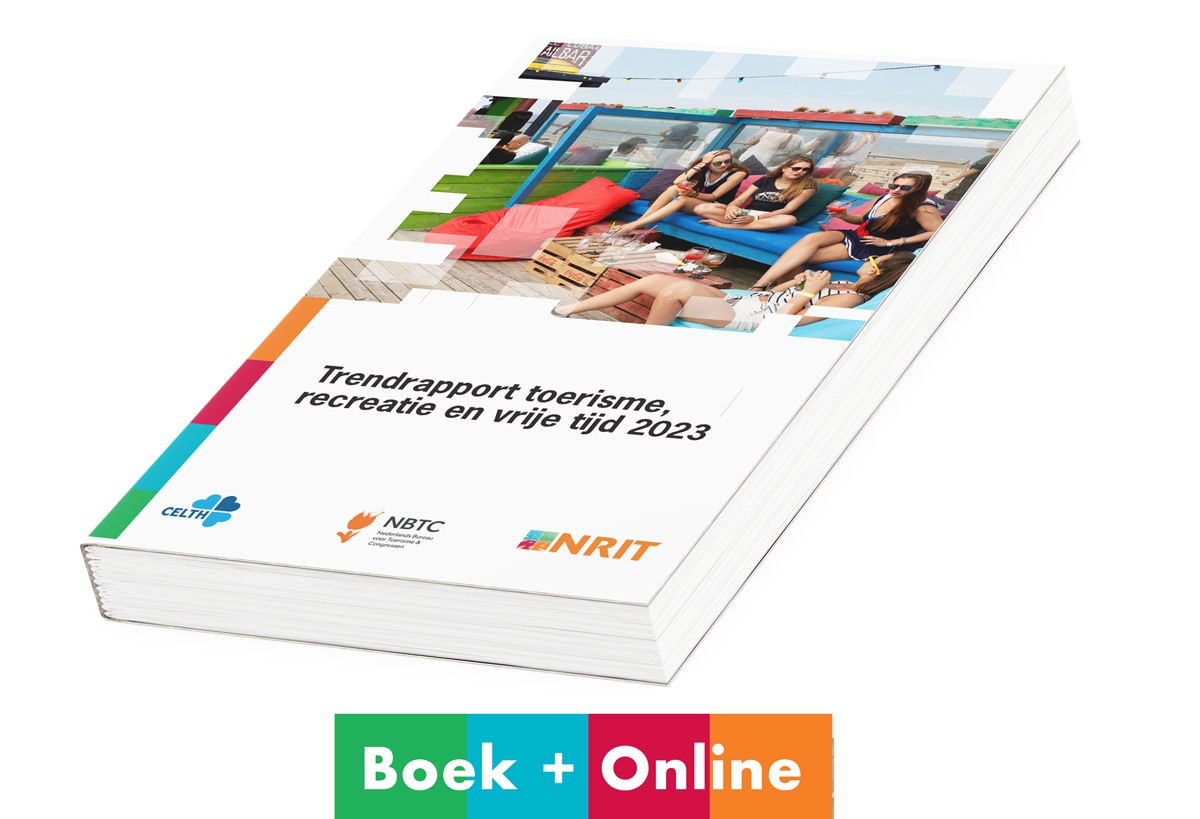Time allocation and satisfaction with leisure time

Over the past decades, much national and
international research has been dedicated to the way that people allocate their
time in daily life. Often a distinction is made between three rough domains: obligatory
time, personal time and leisure. Obligatory time then includes all time spent
on education, paid work, care for others and household tasks. Personal time
includes all activities related to caring for one’s own body (eating, sleeping,
bathing) and leisure is composed of activities such as social contacts, ICT-use
and relaxation (SCP, 2013). In the Netherlands a new time budget study is
conducted every five years to obtain insight into the time allocation of the
Dutch. This has been done since the 1970’s, first by the Netherlands Institute
for Social Research (SCP) and later in cooperation with Statistics Netherlands (CBS)
(SCP, 2013). Within this research Dutch respondents fill in a diary for a
restricted period of time and report within certain time slots on the
activities that they have undertaken.
Every five years SCP publishes a new report
on the time allocation of the Dutch and the changes that have taken place since
the last research. In the last report ‘Keeping an eye on the time’ (SCP, 2013),
it was shown that on average the Dutch spent about 77 hours per week on
personal time, almost 48 hours on leisure and 41 hours on obligatory time. When
these results are compared to the research that was done five years earlier, a
decrease in obligatory time and an increase in personal time is visible. We
might be tempted to conclude from this that the Dutch have become less busy
over the past five years. However, these numbers consider the average Dutch population. Taking a
closer look, this conclusion becomes increasingly blurred. For instance, with
regard to a decrease in obligatory time, this is only true for respondents who
have a part-time job or who do not work. The full-timers actually increased
their obligatory time during this period. Apart from these disproportionate changes over time for different groups
in society, the report also shows that there are large differences in the time
that people for instance have available for leisure. While non-working people
have about 59 hours of leisure each week in 2011, the full-time employed only
have 39 hours (SCP, 2013).

Conspicuous leisure
Taking these findings to a more abstract
level, previous research on time allocation often found that there are
substantial differences between people with different social background
characteristics. These differences occur in the amount of time that people have
available, but also in the way that they spent this time. Already in the 19th
century Veblen (1899) argued that the upper social class distinguished
themselves from the lower classes by their conspicuous consumption and use of time.
In Veblen’s day, the wealthy upper class had an abundance of time on their
hands, because they could afford not to work. They used their leisure time and
consumption in such a way (conspicuously) that it was clear to others that they
had abundant time and money to spent without having to work. They elevated
their social position in the eyes of others by for instance throwing diner
parties and showing the use of many servants or buying very expensive and
uncomfortable clothing for their wives. Nowadays, Veblen’s theory can still be
used to some extent. For instance, some people like to buy only A-brand
clothes, not merely for the presumably better quality, but also to show off to
others. However, there also exists an economic paradox which was not present
during the time Veblen lived: the most income-rich are also the most time-poor
people (Sullivan and Gershuny, 2004). This paradox is argued to lead to time
stress, because one has to keep consumption up in a world in which we have
increasingly more consumption items to choose from, while consumption time becomes
increasingly limited. Linder (1970) referred to this societal group as the
‘Harried leisure class’. This harried leisure class has to find ways to
increase the yield of their leisure time, for instance by consuming multiple
goods simultaneously, which makes leisure time more harried.
|
People
are always available for work issues, even during their leisure time. |
Blurring boundaries work and leisure
Time stress does not only occur as a result
of having less time to spend your money. Another important factor nowadays is
that work is no longer seen as degrading and something for the working classes
(like in Veblen’s time), but as a means to obtain status. In addition, work has
become more pleasant than in earlier times. There is more room for autonomy,
people are more flexible in when and where they work and they have an
opportunity to develop themselves. That results in people working longer hours,
but not only at the work place. Because of technological developments it is
possible to work whenever and wherever you like. This might seem like a big
advantage of our time, however it also means that the previously clear
boundaries between work and leisure time are becoming increasingly blurred.
People are always available for work issues, even during their leisure time.
For instance, it is very easy to just check your email while having dinner with
your family. This blurring of boundaries is also thought to lead to increasing
time stress.
|
Being
stressed for time may affect how satisfied
you are with the amount of leisure time
that you have, but also with how satisfied
you are with the way that you spent
your leisure time. |
Satisfaction about leisure time
Being stressed for time may affect how satisfied you are with the amount of leisure time that you have, but also with how satisfied you are with the way that you spent your leisure time. Let’s consider two examples about how this satisfaction may also depend on certain background characteristics of people[i]. Overall, the Dutch seem to be quite satisfied with their leisure time: they give it a score of 7,2 on a scale of 0 to 10. However, there are significant differences between the non-employed (7,6), the part-timers (6,3) and the full-time employed (6,8). Part-timers thus score lowest on leisure time satisfaction, which might sound surprising, However, part-timers are also mostly Dutch mothers who combine work and family tasks. It is well-known that mothers’ leisure time is often spent in the presence of their children, because of which it might not be considered pure leisure time. Furthermore, mothers’ leisure time is more often interrupted by chores that have to be done. With regard to the way that people spent their leisure time, the non-employed (7,2) are more satisfied than the full- and part-timers, who are equally satisfied (6,8).
As
a second example we can consider how cultural differences relate to leisure
time satisfaction. If Dutch natives are compared to Western immigrants, no
difference in leisure time satisfaction is found (both around 7,4). However,
when non-Western immigrants are compared to the former two groups, this group
scores significantly lower (6,5). The same picture occurs for the satisfaction
with the way that leisure time is spend. Cultural differences in the way that
leisure time (and perhaps busyness) is valued might be an explanation for these
differences, but perhaps also differences in incomes, which affects for example
the type of activities that can be undertaken during leisure time.
Time allocation, time stress and leisure time satisfaction thus seem to be related to the social backgrounds of people. This makes some issues on time allocation more complicated than they seem at first sight. As a result, it is important to conduct further research on these differences and to take them into account in debates on these topics.
About the author
Dr. Kirsten Stam is currently employed as
research policy officer at NHTV Breda University of Applied Sciences. In 2015
she obtained her PhD in sociology on the subject ‘Work ethics in European
countries’ at Tilburg University and at the same time she was a lecturer and
researcher at the academic bachelor of Leisure Studies at NHTV. Until recently
she taught courses in quantitative research methods and on time allocation in
the domains of labour, care and leisure.
Over Uncover
Dit artikel maakt onderdeel uit van de serie artikelen uit Uncover die we op het NRIT Media Vrijetijdsplatform publiceren. Het volledige overzicht met reeds gepubliceerde en aanstaande artikelen staat hier. Uncover is een nieuwe periodiek van de NHTV Academy for Leisure die daarmee een platform wil bieden om onderzoek en projecten te delen met haar netwerk. Wilt u Uncover nu al helemaal lezen? Bestel dan uw exemplaar in de webshop.
Sources
Cloïn, J. C. M., van den Broek, A., van den Dool, et al. (2013). Met het oog op de tijd: Een blik op de tijdsbesteding van Nederlanders. Sociaal en Cultureel Planbureau.
Linder, S. (1970). The theory of the harried leisure class.
Sullivan, O., & Gershuny, J. (2004). Inconspicuous consumption: Work-rich, time-poor in the liberal market economy. Journal of Consumer Culture, 4(1), 79-100.
Veblen, T. (1899). 1934. The theory of the leisure class.
[i] The data of the Dutch LISS (Longitudinal Internet Studies for the Social sciences) panel of 2014 is used for the remaining part.






































































